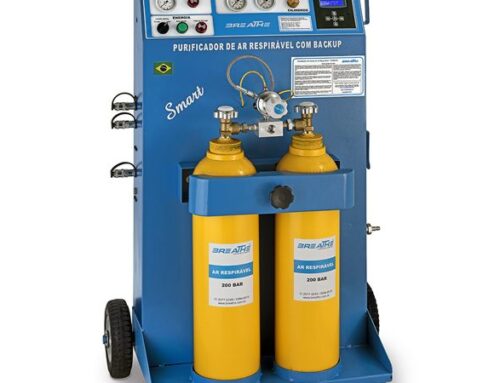Risks of asbestos
Risks of asbestos. There are three main ones: crocidolite (blue), amosite (brown) and chrysotile (white). Asbestos is the collective term used to describe various types of naturally occurring mineral rock.
Respiratory Occupational Diseases
This family of silicate materials contains silicon and oxygen. Asbestos has been used extensively in industry due to its abundance and low operating cost. Considered, for a long time, an essential raw material due to its physicochemical properties, such as: great mechanical resistance and at high temperatures, to acid, alkaline and bacteria attack. It is non-combustible, durable, flexible, indestructible, resistant, silky, easily woven and has good insulating quality.
Asbestos, for years called “magic mineral”, was used mainly in the construction industry (vinyl floors, tiles, water tanks, partitions, false ceilings, pipes, decorative and planting vases and other cement artifacts) asbestos) and for acoustic or thermal insulation. They were also used in friction materials, such as brake linings (linings and pads), in joints, gaskets and other insulation and sealing materials, clutch disc linings, fabrics for clothing and accessories for flame or heat, paints, laboratory instruments and in the war, aerospace, oil, textile, paper and cardboard, naval, foundry and chlor-soda production industries.
However, it is the very strength and resistance of asbestos that also makes it dangerous to human health. Asbestos fiber can penetrate body tissues, especially the lungs, eventually causing tumors to develop.
Risks of asbestos. WHO IS IN RISK?
Between 3,000 and 4,000 workers die each year in the world from asbestos-related diseases. Up to a quarter of all deaths are related to maintenance services, in general.
They may have breathed in asbestos dust during day-to-day work with asbestos materials or because the work with asbestos was carried out near them. Until recently, it was thought that those who are now dying from asbestos-related illnesses have been exposed to large amounts of asbestos regularly or during a single period of work lasting from a few weeks to a few years. Today, it is thought that it is possible that repeated low-level exposures, as they may occur during routine repair work, could also lead to cases of asbestos cancer.
The scientific evidence on the levels of exactly what causes exposure disease is unclear. That is why it is important that everyone who works with asbestos must take the strictest precautions.
Many buildings still contain asbestos. So, electricians, plumbers, construction workers, plumbers and carpenters may still be at risk when renovating, repairing, or maintaining buildings that contain asbestos. Other workers not normally associated with the construction sector may also routinely shed asbestos. For computer network installers, for example, particularly cabling installers, fire alarm installers, telecommunications engineers may also be exposed to these risks.
Asbestos poses a health risk only if asbestos fibers are released into the air. They form a very fine powder that is often invisible to the naked eye. Breathing in the air, which contains asbestos dust, can lead to asbestos-related illnesses, which at best can have a very debilitating effect on health, and the worst, are fatal.
The human body has a clearance mechanism to deal with dust. The particles are coughing with phlegm, and small particles, which reach the air sacs inside the lungs, are removed by the white blood cells (macrophages), which move over the lungs and “swallow” the dust particles.
However, the problem with asbestos concerns its durability within the human body. If the asbestos fibers are less than a certain diameter, they may be small enough to penetrate the air sacs, and if they are above a certain size, they may be too long to be swallowed and swallowed by macrophages.
The diseases associated with asbestos are:
* Pleural plaques
* Asbestosis
* Lung cancer
* Mesothelioma
There is no cure for asbestos-related disease. There is often a long delay between the first exposure to asbestos and the appearance of an asbestos-related disease. This can vary between 15-60 years, but it is important to note that the degree of exposure required to cause mesothelioma is considerably less than that associated with asbestosis and lung cancer.
Until recently, it was believed that people who contracted an asbestos-related disease had been regularly exposed to large amounts of asbestos dust. However, the exact extent of the risk at lower levels of exposure is unknown. It is now thought that the low level of repeated exposure can have a cumulative effect, resulting in asbestos-related disease, and that even the occasional high exposure to asbestos dust can also lead to these diseases.










